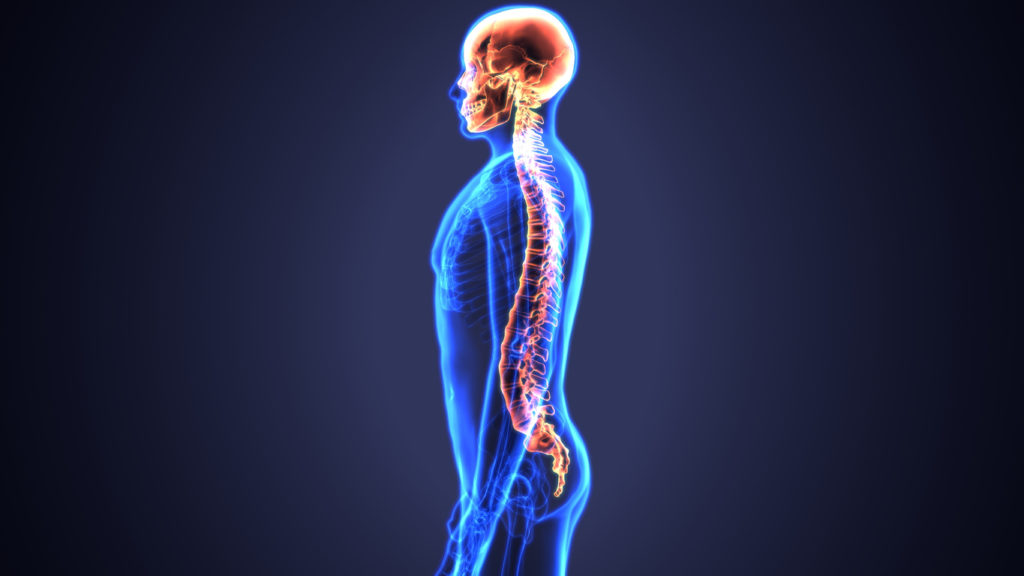
In Part 1 of this series, we covered how to choose the right mat for your body and your space. Continuing with Part 2, we are going to focus on some of the most requested and popular pieces of equipment for home, specifically, the Foam Roller and the SmartSpine.
The Foam Roller is hands down the most requested piece of home equipment. I get asked about the roller more than any other item. You might be surprised at the great variety of rollers to choose from, including one that can act similar to a Reformer!
The SmartSpine is also a frequently requested item. Though more of an investment than a Foam Roller, many students love the SmartSpine. This is the type of item that students put on their Holiday wish list and let family members know about it!
Though the Foam Roller and SmartSpine can be used in a variety of ways, such as seated or even standing, one of the main ways they are used is to align the spine while lying down. With the Foam Roller, the vertebrae are directly on the roller although there are some recent variations where the spine goes between two connected rollers. This more recent innovation on the Foam Roller is similar to the SmartSpine where the vertebrae rest in a groove and the equipment provides columns along each side of the spine.
With the SmartSpine, one of the wonderful benefits is that it can be heated, further facilitating the release of the spinal muscles and finding the core connection. Both the Foam Roller and the SmartSpine are used to release muscles, not only in the spine but also in other ways, such as releasing the Iliotibial (IT) Band on the roller.
The Foam Roller and the SmartSpine obviously present a challenge to balance even when lying down. Remaining balanced on either piece of equipment can bring to light imbalances in the spine or core, especially when a leg or arm is lifted. These pieces of equipment can stimulate and realign the spine while reawakening the core.
As a reminder, this series is concentrated on pieces that are accessible for home both financially and physically (easily fit into a small space). While there are other Pilates pieces that help with spinal alignment, some of which we’ll cover later in the series, the Foam Roller and SmartSpine are very home friendly.
Since Pilates and other reputable manufacturers’ may not be as commonly known, this series will direct you to recognized names in the industry, but similar products may be found on Amazon or through other retailers. This is not an endorsement of any particular company or product.
Foam Rollers:
The Foam Roller was not invented by Joseph Pilates but was actually developed by Moshe Feldenkrais. To learn more about how the Foam Roller made its’ way into the Pilates world and about the difference between rolling on foam versus a ball, click here to read a previous article on this topic.
There are a variety of Foam Rollers. There are rollers that are cut in half so that they have a flat, stable side and actually do not roll. There are short rollers that can be used for the feet. There are rollers that have knobs and grooves to dig in and release muscles. The list below is hardly exhaustive.
Tip: In order to insure that you get a Foam Roller long enough that you can rest your spine on it, look for 36 inches long. Also, look for full round (unless you want one split in half for more stability). Generally, the size you want to look for is 6” x 36”.
Foam Rollers come in 3 types of densities: hard, medium and soft. Most of you are probably familiar with the medium and some the firm Foam Rollers as these are the most common types of rollers in gyms and studios.
Hard:
If you see terms like “high density” or “extra firm”,
these are hard, durable foam rollers.
Medium:
The medium density Foam Roller offers plenty of firmness and is more of a regular roller – not too hard or too soft.
Soft:
What may not be as familiar is the soft version. Developed in more recent years, it offers the benefits of the original Foam Roller (spinal alignment, opening the chest…) but in a more gentle way. If you have arthritis or achy joints, you may really appreciate the soft variation.
Reform Roller!
Called MOTR® (Movement On The Roller), this device is like a Foam Roller and Reformer combined. Rather than foam it is a plastic tube with branches at the top where straps come out offering different levels of resistance. The branches and straps can be stored in the tube itself. Obviously, the MOTR® is more expensive than a Foam Roller (by roughly $300 dollars) but if you are missing the reformer and do not want to make an investment of thousands, this may be an alternative. The MOTR® also does not require much space and can be easily stored away, unlike a reformer.
SmartSpine:
The SmartSpine was developed by Marie-Jose Blom. It is designed with two grain filled columns that run along each side of the spine. The vertebrae rest in the groove between the two columns. The SmartSpine can be heated, helping the muscles that run along the spine to relax and the fascia covering these muscles to release. This release in back aids the abdominals in contracting more readily in front.
The SmartSpine fits the length of the spine and only comes in one size. The only variation is that there is a regular and lavender fragrance. If you have allergies, the unscented might be a better fit for you. If you do not have any allergies or sensitivities, the lavender can add to the relaxing element of the SmartSpine.
Also available at Balanced Body: SmartSpine
| (note: you can just order the SmartSpine itself in the dropdown menu. You do not have to order the whole professional kit…unless you want to:) |
Hope this edition on Pilates Equipment for Home focusing on Spinal Alignment helps you navigate all the choices and stand a little taller!
Breathe Deep and Keep Aligned,
Shannon
